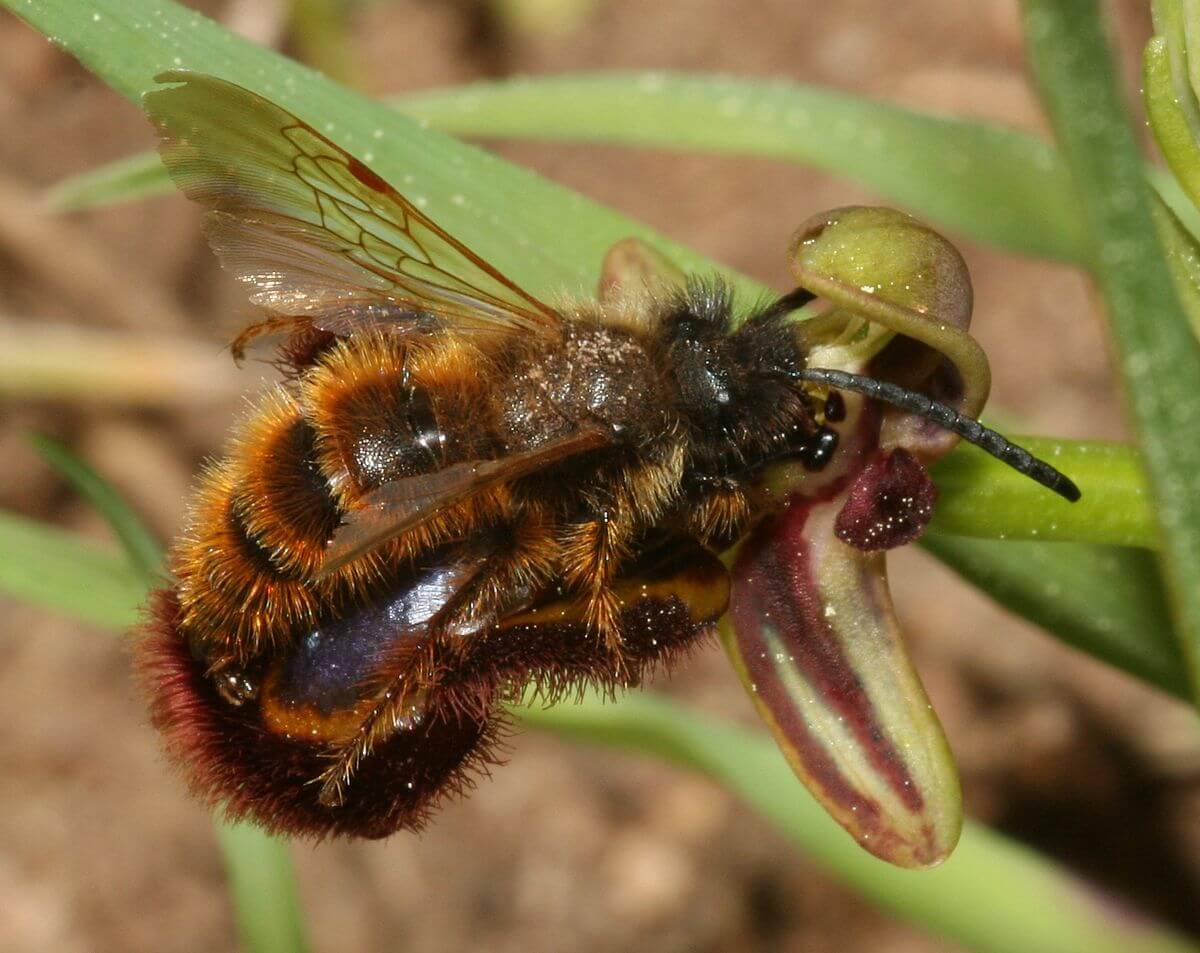Coevolution occurs in situations in which two or more species are affected by a reciprocal evolution, that is, they go through an evolution together.
The notion is completely related to the dependence that exists between species insofar as, in all cases, there is a need to have some means that another species produces or transforms.
The theory of coevolution was contributed by the biologist Paul Ehrlich, who advanced with the seminal idea that the interactions of plants and herbivores shape the evolutionary history of species as an engine for the generation of diversity.
The work was part of a much larger research that is the search for the origin of biodiversity, and Ehrlich set up experimental facilities, determining that there are patterns in population dynamics and genetic structure, as well as in the factors that regulate them.

Source : wikipedia.org
Terms
The elementary conditions for the coevolution process to formally occur are four:
- Two species must show variation in certain characters that influence how the interaction between them develops;
- There must be a consistent relationship between those characters and adequacy;
- These characters must be inheritable;
- The interaction between the two species must be reciprocal, of high specificity and simultaneously produced in evolutionary time.
Conclusions
There are occasions in which coevolution is manifested in really surprising ways, such as morphological adjustments between different species, physical transformations that are used exclusively to fulfill some function of another species.
The evolutionary process, then, becomes an action circumscribed to a time and a space, and the question of evolution as survival already happens to be understood in community and in relation to the other species, generally starting from defense mechanisms.
The ways in which the coevolution takes place give rise to a classification in different types:
- Diffuse: Evolution occurs in response to a character of several species, and not a single one. There is no genetic correlation.
- Co-speciation: Interactions between species generate a reciprocal speciation, in which one controls the movement of gametes of the other.
- Gen by gene: Coevolution is driven by changes in the major genes, and for each one that causes resistance there is another corresponding virulence.
- Mixed process: Evolution is reciprocal, and adaptation causes the population of the other species to become reproductively isolated.
- Geographical mosaic: Interactions have different results according to the demographic structure of the population, so the interaction can co-evolve in some populations and not in others. The evolutionary pattern can cause a species to coevolve with several simultaneously.
Examples of coevolution processes
- The pilot fish is protected by the shark, while it cleans its teeth, mouth and eyes.
- The species of Acacia plants of Central America, with hollow spines and pores at the base of their leaves that secrete nectar, where some ants nest to drink it.
- The hummingbirds of America that co-evolved with families of plants such as those of orchids.
- The Mexican hociquilargo bat feeds on the nectar of the saguaro cactus, changing its morphology based on it.
- The plant of the genus Passiflora generates anti-herbivory defenses with production of toxins, which is a successful strategy against most insects. Some of them overcome it, and the poison makes them unpleasant for predators, so they repel them.
- The cycle between American hares and trees, by which hares need to feed on them to avoid starvation, but they produce progressively higher concentrations of resin: the hare population declines and the cycle begins again.
- The moth collects pollen from a flower, and then deposits it, securing the food for the larva: the plant benefits when the remaining eggs are transformed into seeds.
- The hunting process between the cheetah and the impala made a kind of competition between them, increasing speed according to evolution.
- The orchid mantis is an insect that resembled the flower to protect itself from its predators.
- The nymphid butterfly viceroy has co-evolved with blue jays, because they repel birds because they are toxic: the mimicry gives security to the butterfly.